
Forum for Science, Doubt & Art
The GUM (Ghent University Museum & Botanical Garden) is the first officially recognized university museum in Flanders. Located in the heart of the University’s Botanical Garden, a green gem in the city of Ghent, the museum and garden form a unified entity. Together, the GUM and the Botanical Garden...
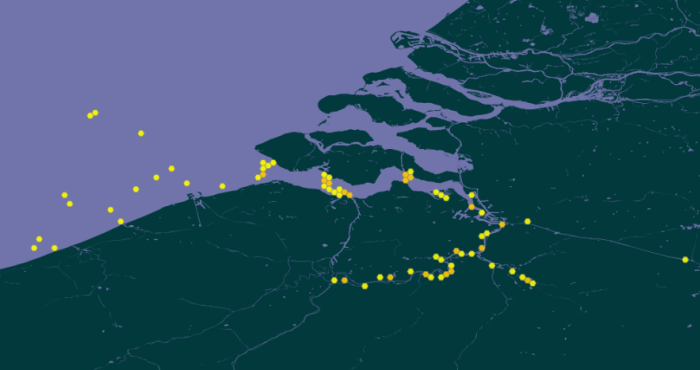
First ETN datasets available through GBIF
The first datasets from the Permanent Belgian Acoustic Receiver Network are now available via GBIF. Over 507,000 fish tracking records from Belgian waters offer new insights into species movement and biodiversity.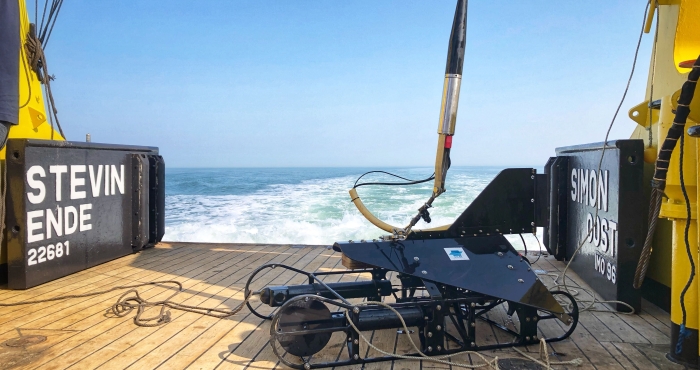
Taking the next step: In-situ imaging data through the Video Plankton Recorder
Zooplankton and phytoplankton are essential to coastal ecosystems, playing crucial roles in marine food webs. Environmental changes like climate change and pollution threaten these delicate communities, making monitoring crucial. The Video Plankton Recorder (VPR), integrated with LifeWatch...
EurOBIS celebrates its 20th anniversary with a super-harvest!
Over its 20 years’ existence, EurOBIS formed alliances with European initiatives as a supporting infrastructure and network. Major milestones include EurOBIS serving as the data backbone of the European Marine Observations and Data Network Biology (EMODnet Biology) since 2009 and being part of the central Species Information Backbone of LifeWatch since 2014.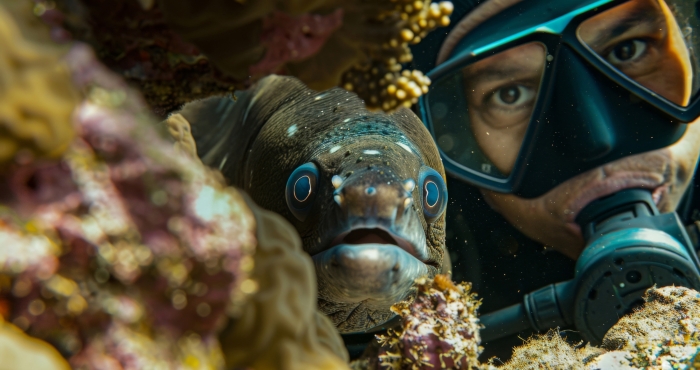
Closing the WoRMS 15th anniversary celebrations with an opinion paper
In follow-up of the 10th anniversary paper on WoRMS, the Data Management Team is proud to present a paper celebrating the 15th anniversary of WoRMS: "The World Register of Marine Species (WoRMS) through the looking glass: insights from the Data Management Team in light of the crystal anniversary of WoRMS".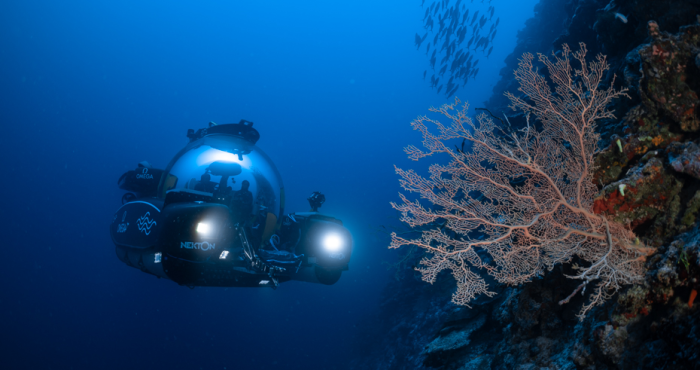
Ocean Census' search for 100,000 new species will boost WoRMS
A new Ocean Census plans major expeditions in all corners of the ocean over the next 10 years, aiming to discover 100,000 new species. In time, the new species will also boost the World Marine Species Register (WoRMS).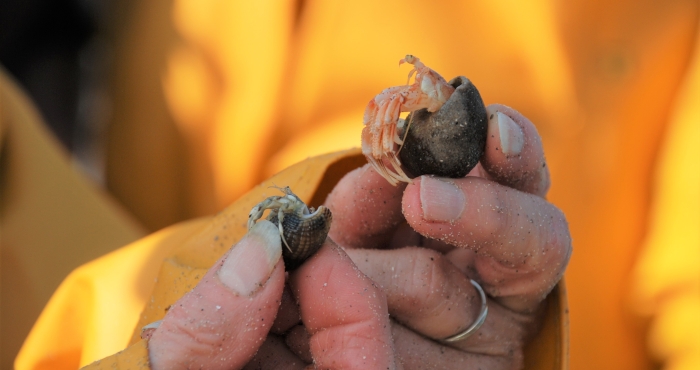
SeaWatch-B citizen science data confirm climate change
The first report "What is the state of the North Sea?" by the LifeWatch citizen science project SeaWatch-B shows that the Belgian North Sea is affected by human activities, more in particular climate change. Cold-water species such as the North Sea shrimp are decreasing in number compared to a...
LifeWatch and JERICO-NEXT join forces
Though plankton communities are omnipresent in our oceans, their wavering dynamics remain obscure. The international collaboration of the LifeWatch and JERICO-NEXT projects enabled to study plankton in the southern North Sea with state-of-the-art infrastructure at an optimal coverage.
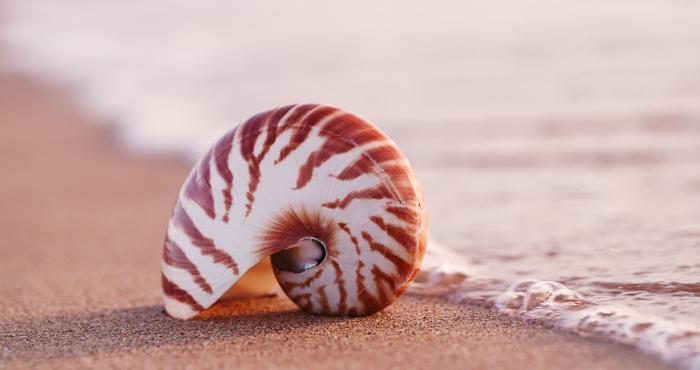
Patterns in nature: WoRMS images in a unique design book
The book Coding, Shaping, Making combines inspiration from architecture, mathematics, biology, chemistry, and other fields to look towards the future of architecture, design and art. It presents ongoing experiments in the search for fundamental principles of form and form-making. This enables us to...